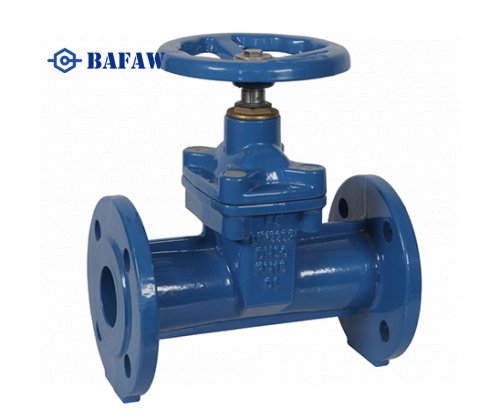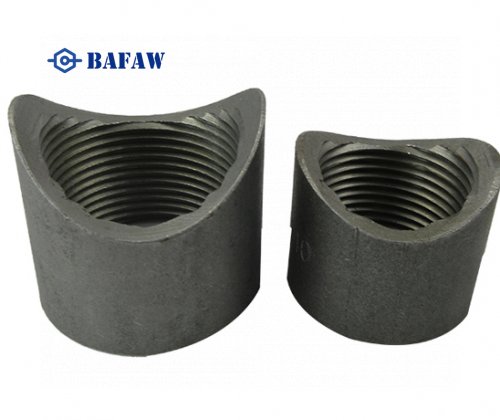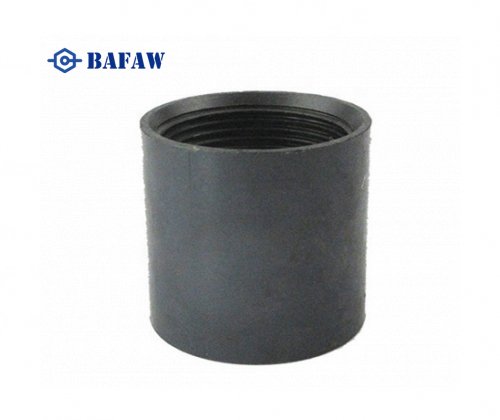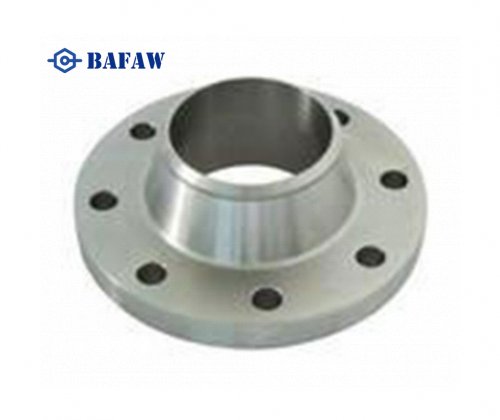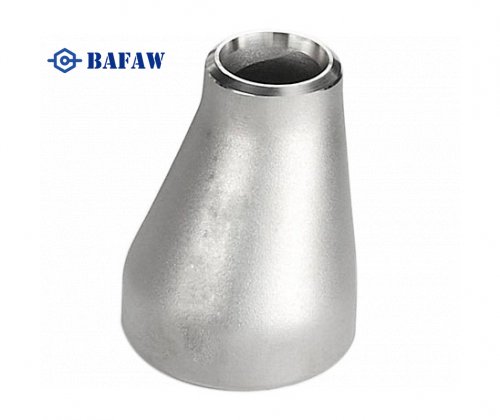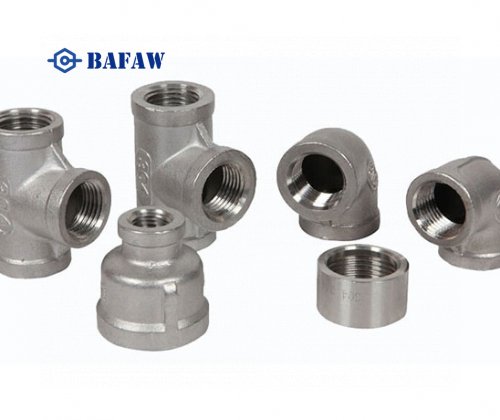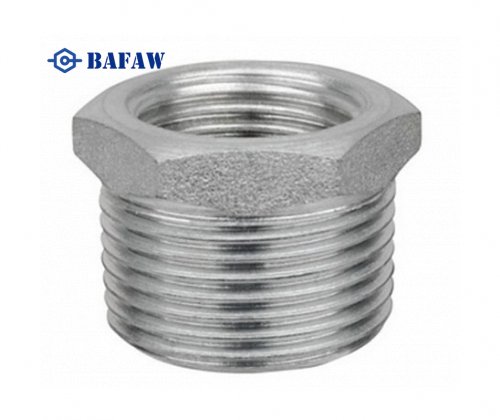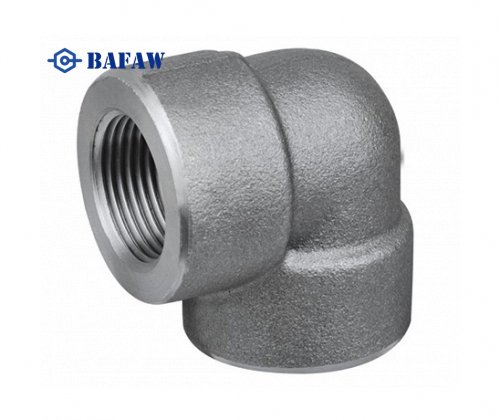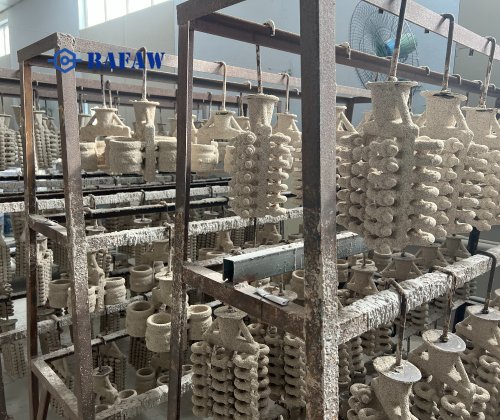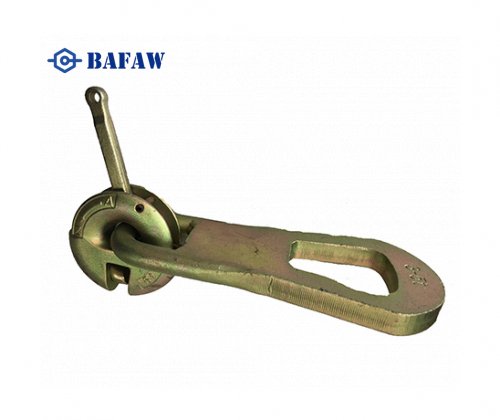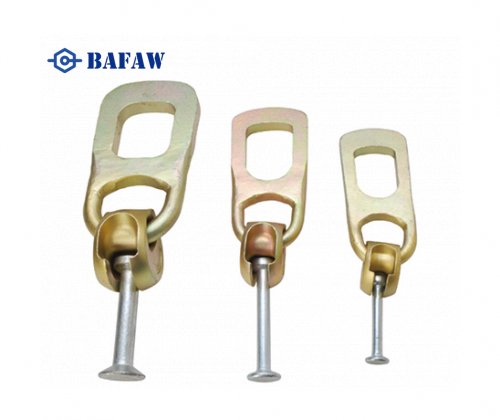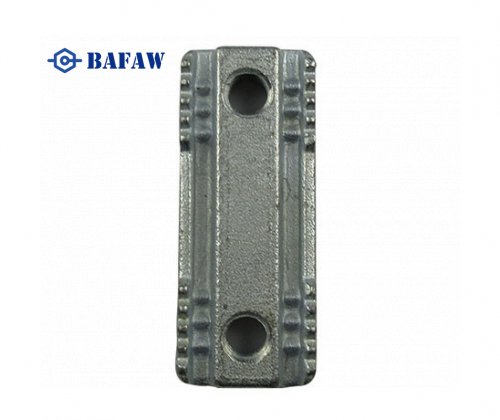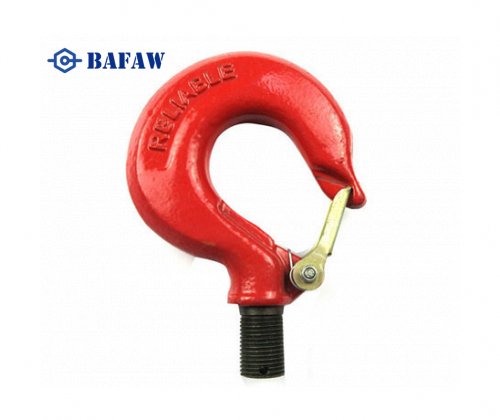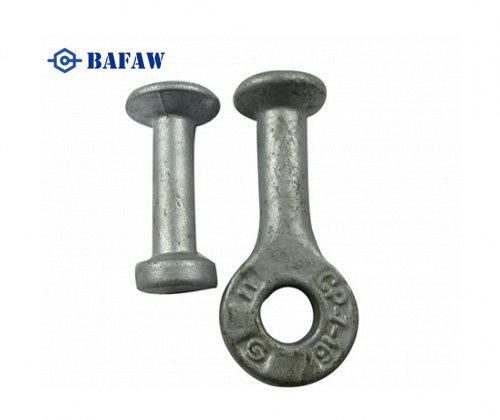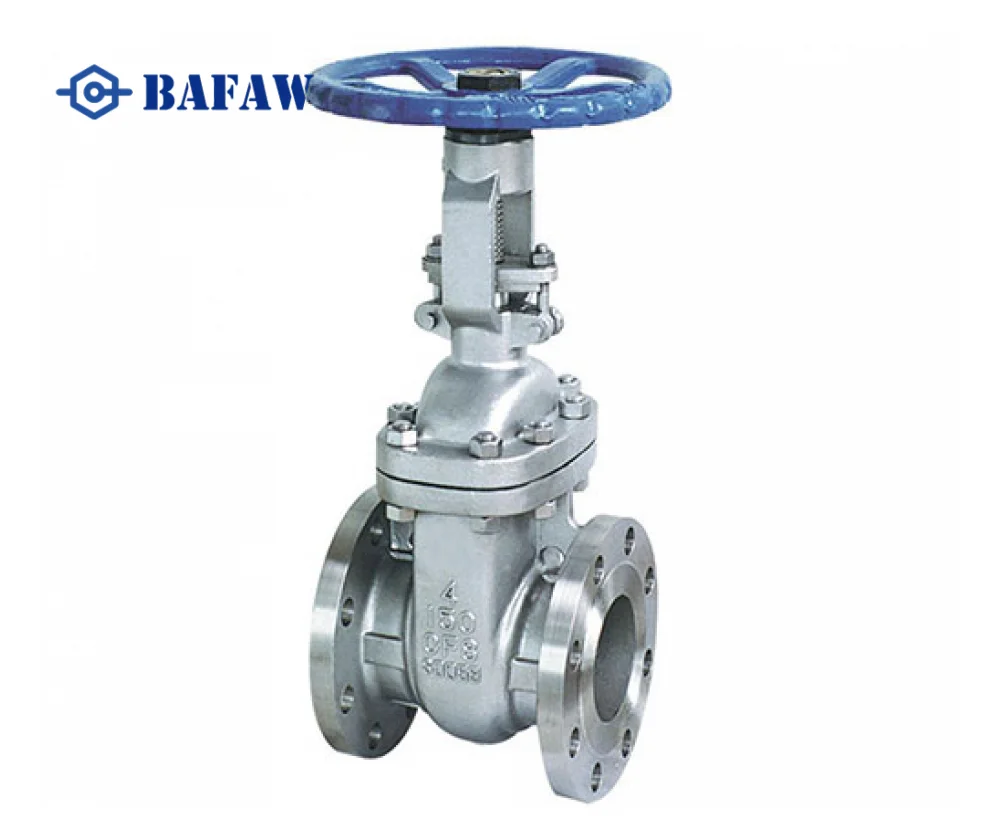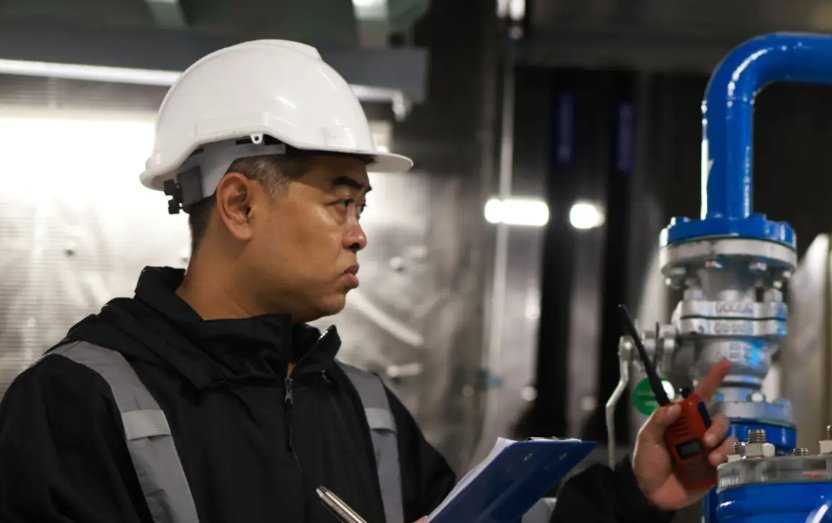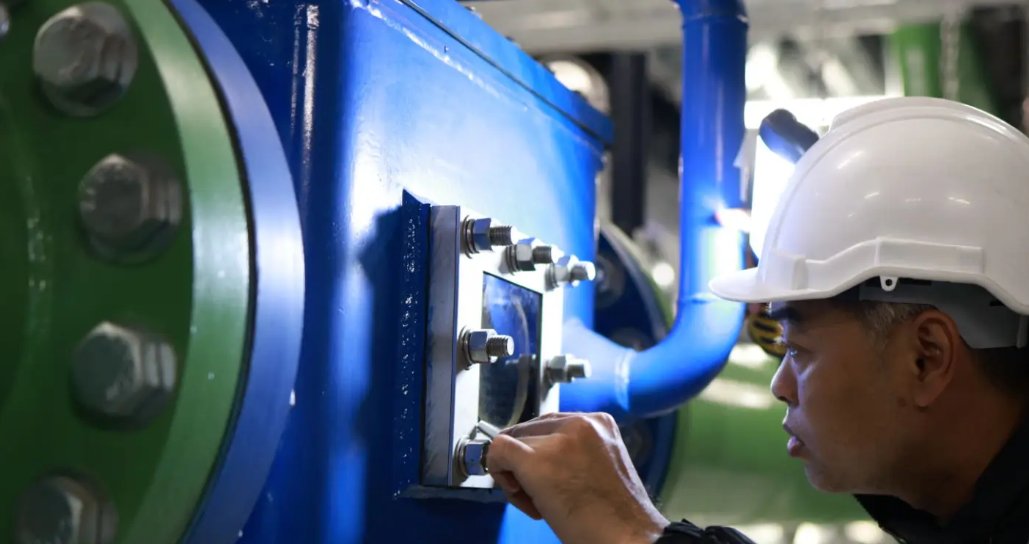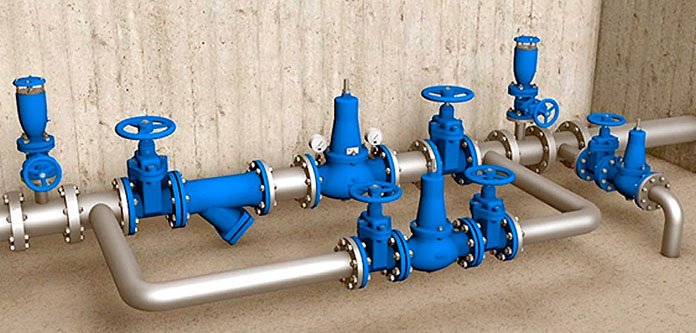The right flow control valve makes all the difference. A wrong choice can create serious problems with safety, operations, and productivity. Equipment might not get enough flow from an undersized valve. A big valve causes high-pressure drops. This can lead to unstable control and cavitation damage.
Critical Performance Parameters to Consider
The right valve selection starts with knowing your exact flow needs. This means looking at both current requirements and future growth plans. Your fluid's properties play a huge role in picking the right valve. Check viscosity, density, temperature, and whether you have a liquid, gas, or both. The best valve travel happens when normal flow stays between 50-70% of the opening angle. Your largest flow should stay under 90% open. The smallest flows need to stay above 20% to avoid damage to the trim.
Pressure conditions are crucial too. Know both upstream and downstream pressures. Also, be aware of the highest allowed pressure drops across your valve. The STAMPED method points out these key factors:
Size (flow capacity)
Temperature (both process media and ambient)
Application requirements (start/stop, regulation, directional control)
Material compatibility with system media
Industry-Specific Selection Criteria
Each industry needs different things from its valves. Process industries need special valves like flush bottom tank outlet types for fine chemicals. Sugar processing needs precise flow control solutions. Power plants mostly use gate valves and high-performance critical-service ball valves.
Cost vs. Performance Analysis Framework
Your valve choice affects long-term costs. The wrong size impacts performance, energy use, and maintenance costs. A correctly sized valve gives you the best mix of cost, performance, and process control. Data show that oversized valves actually perform worse. They throttle too closely together, which causes extra wear and cuts down valve life. A chat with experienced valve manufacturers helps avoid these expensive mistakes.
Conclusion
Flow control valves play a key role in industrial applications of all sizes. You'll find them everywhere from simple pneumatic systems to complex process control setups. This guide covers valve types, their functions, and tips for choosing the best one for your system.
Engineers and system designers need to know these valves inside and out. They must balance how well the valves perform against their cost. The type of valve you pick—globe, ball, butterfly, or specialized—will greatly affect efficiency, maintenance, and costs. The right valve, chosen based on what you need and how you'll use it, will give you reliable performance. It also helps avoid problems like cavitation or too much wear.
Smart valve systems are a game changer. They come with built-in measurement and control features. These new developments boost precision and let you automate more tasks. Success depends on understanding the basics. Also, match the valve to your application's needs.
Flow control valves are simple devices that handle complex tasks. They manage fluid flow across various industries. These valves are key to reliable and efficient operations. They work well for treating water, handling industrial gases, and running hydraulic systems.
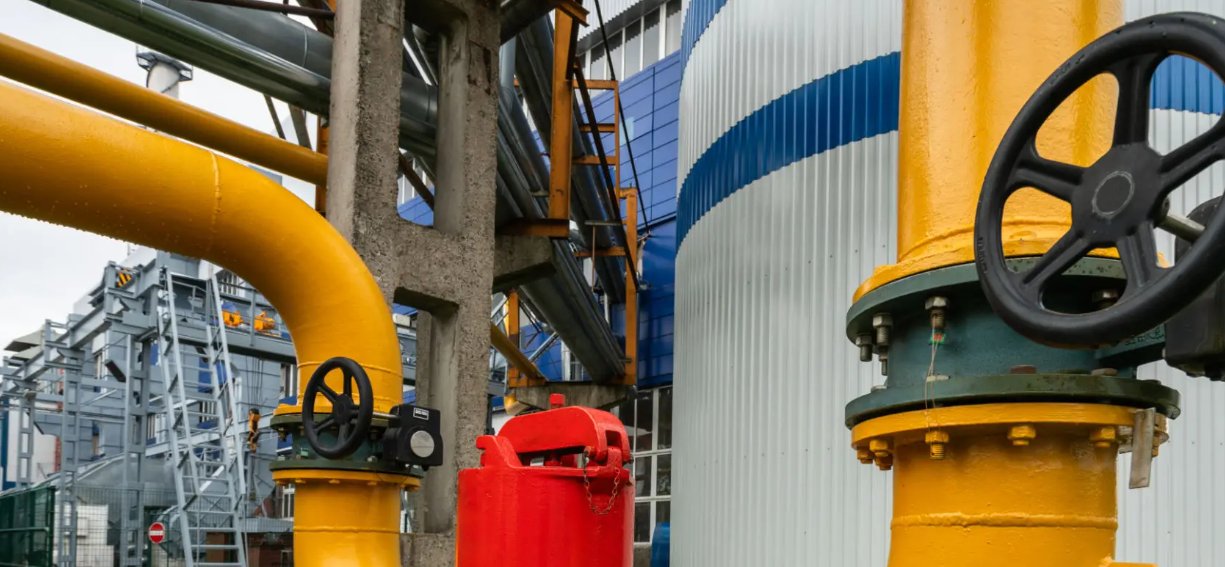
FAQs
Q1. What are common issues with flow control valves?
Flow control valves can have uneven flow rates. This can happen because of pressure changes, clogged ports, wrong sizing, or worn parts. Regular monitoring and maintenance can help identify and address these issues.
Q2. What factors influence the flow rate in a flow control valve?
The flow rate through a flow control valve depends on three main factors:
Q3. What are the main types of flow control valves?
Common flow control valves include:
Gate valves
Globe valves
Ball valves
Butterfly valves
Needle valves
Diaphragm valves
Each type has specific characteristics suited for different applications.
Q4. Which valve is most effective for precise flow control?
Ball valves are excellent for controlling flow with accuracy, particularly in one direction. They ensure precise liquid flow control. When closed, they completely stop the flow. This feature makes them popular in many industries.
Q5. How do you select the right flow control valve for an application?
Choosing the right flow control valve means looking at a few key factors. Consider flow needs, fluid properties, pressure, temperature, and your industry's specific requirements. It's important to assess both current and future needs. This helps maintain peak performance and efficiency.

















